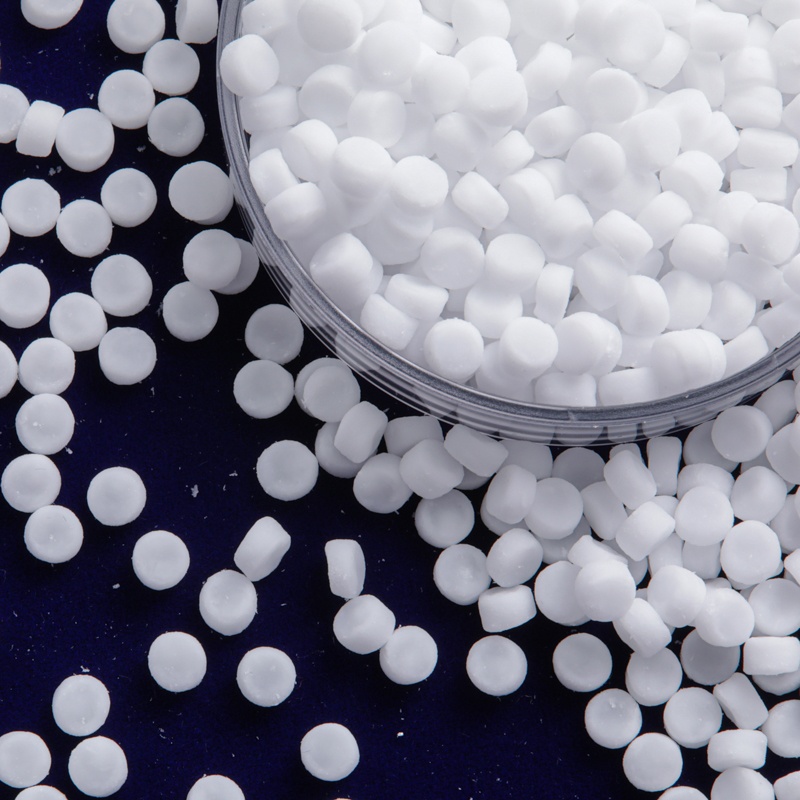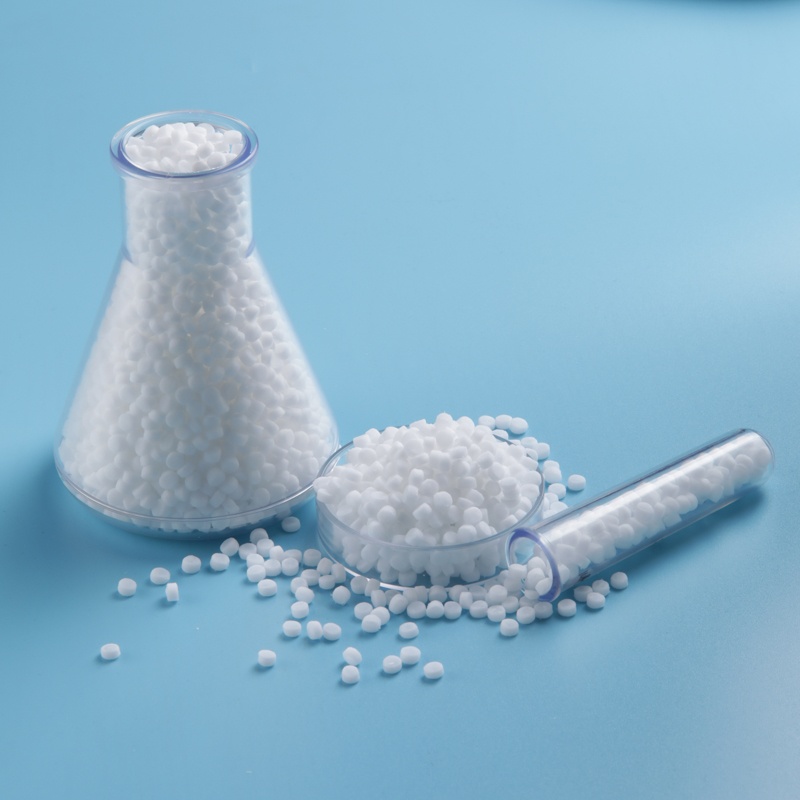Engineering plastics are a class of plastics that are designed to have superior mechanical and thermal properties compared to commodity plastics. These materials are used in a wide range of applications, from automotive and aerospace components to electronic devices and medical devices. To enhance the properties of engineering plastics, manufacturers often incorporate additives into the production process. In this article, we will explore the different types of additives used in engineering plastics, their functions, and the benefits they provide.
Types of Additives Used in Engineering Plastics:
There are several types of additives used in engineering plastics. These include:
-
Reinforcing fillers: Reinforcing fillers are added to engineering plastics to improve their mechanical properties, such as stiffness, strength, and toughness. Examples of reinforcing fillers include glass fibers, carbon fibers, and aramid fibers.
-
Impact modifiers: Impact modifiers are added to engineering plastics to improve their impact resistance. These additives are particularly useful in applications where the material may be subjected to sudden impacts or shocks. Examples of impact modifiers include elastomers and toughening agents.
-
Flame retardants: Flame retardants are added to engineering plastics to reduce their flammability. These additives are essential in applications where the material may be exposed to heat or flames, such as electrical components and building materials.
-
Antioxidants: Antioxidants are added to engineering plastics to prevent the material from degrading due to exposure to oxygen. These additives are essential in applications where the material may be exposed to heat and sunlight, such as automotive components and outdoor equipment.
-
UV stabilizers: UV stabilizers are added to engineering plastics to protect the material from degradation due to exposure to UV radiation. These additives are essential in applications where the material may be exposed to sunlight, such as outdoor equipment and automotive components.
-
Lubricants: Lubricants are added to engineering plastics to improve their processability and reduce friction. These additives are particularly useful in applications where the material may need to be molded or extruded, such as in the production of automotive components and electronic devices.
Functions of Additives in Engineering Plastics:
The different types of additives used in engineering plastics serve various functions. These include:
-
Improving mechanical properties: Reinforcing fillers and toughening agents are added to engineering plastics to improve their mechanical properties, such as stiffness, strength, and toughness. These additives can help to make the material more resistant to deformation, cracking, and other forms of mechanical stress.
-
Enhancing impact resistance: Impact modifiers are added to engineering plastics to improve their impact resistance. These additives can help to make the material more resistant to sudden impacts or shocks, which can help to prevent the fabric from cracking or breaking.
-
Reducing Flammability: Flame retardants are added to engineering plastics to reduce their flammability. These additives can help to prevent the material from catching fire or spreading flames, which can help to improve safety in applications where the material may be exposed to heat or flames.
-
Preventing degradation: Antioxidants and UV stabilizers are added to engineering plastics to prevent the material from degrading due to oxygen and UV radiation exposure, respectively. These additives can help to extend the lifespan of the material and improve its performance over time.
-
Improving processability: Lubricants are added to engineering plastics to improve their processability and reduce friction. These additives can help to make the material easier to mold or extrude, which can improve the efficiency of the production process.
Benefits of Additives in Engineering Plastics:
The incorporation of additives into the production process of engineering plastics can provide several benefits. These include:
- Improved performance: The addition of reinforcing fillers, toughening agents, and impact modifiers can help to improve the mechanical properties of engineering plastics, such as
stiffness, strength, and toughness. This can result in materials that are better suited to demanding applications, such as aerospace components and medical devices.
-
Enhanced safety: Flame retardants can help to reduce the flammability of engineering plastics, which can improve safety in applications where the material may be exposed to heat or flames. This is particularly important in industries such as construction, where the use of flame-retardant materials is mandated by regulations.
-
Extended lifespan: The addition of antioxidants and UV stabilizers can help to prevent the degradation of engineering plastics over time, which can extend the lifespan of the material. This can result in products that are more reliable and require less frequent replacement.
-
Improved processability: The addition of lubricants can improve the processability of engineering plastics, making them easier to mold and extrude. This can improve the efficiency of the production process, resulting in cost savings for manufacturers.
Examples of Additives in Engineering Plastics:
To illustrate the benefits of additives in engineering plastics, let us consider some examples of commonly used additives and their functions:
-
Glass fibers: Glass fibers are a type of reinforcing filler that are commonly added to engineering plastics to improve their stiffness and strength. They are particularly useful in applications where the material will be subjected to high stresses or loads, such as in automotive and aerospace components.
-
Elastomers: Elastomers are a type of impact modifier that is commonly added to engineering plastics to improve their impact resistance. They are particularly useful in applications where the material may be subjected to sudden impacts or shocks, such as in electronic devices and medical devices.
-
Brominated flame retardants: Brominated flame retardants are a type of flame retardant that is commonly added to engineering plastics to reduce their flammability. They are particularly useful in applications where the material may be exposed to heat or flames, such as in building materials and electrical components.
-
Hindered amine light stabilizers: Hindered amine light stabilizers are a type of UV stabilizer that is commonly added to engineering plastics to protect the material from degradation due to exposure to UV radiation. They are particularly useful in applications where the material may be exposed to sunlight, such as in outdoor equipment and automotive components.
Conclusion:
In conclusion, additives play an important role in the production of engineering plastics. By improving the mechanical and thermal properties of these materials, additives can help to make them more suitable for a wide range of applications. Reinforcing fillers, impact modifiers, flame retardants, antioxidants, UV stabilizers, and lubricants are all examples of additives that can be used to enhance the properties of engineering plastics. The benefits of using additives in engineering plastics include improved performance, enhanced safety, extended lifespan, and improved processability. As such, the use of additives is likely to continue to be an important aspect of the production of engineering plastics in the future.
Related Products




